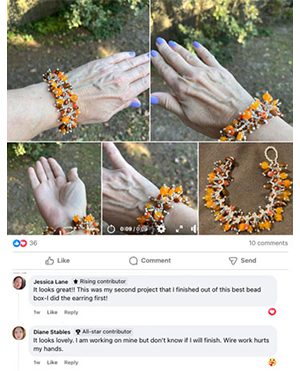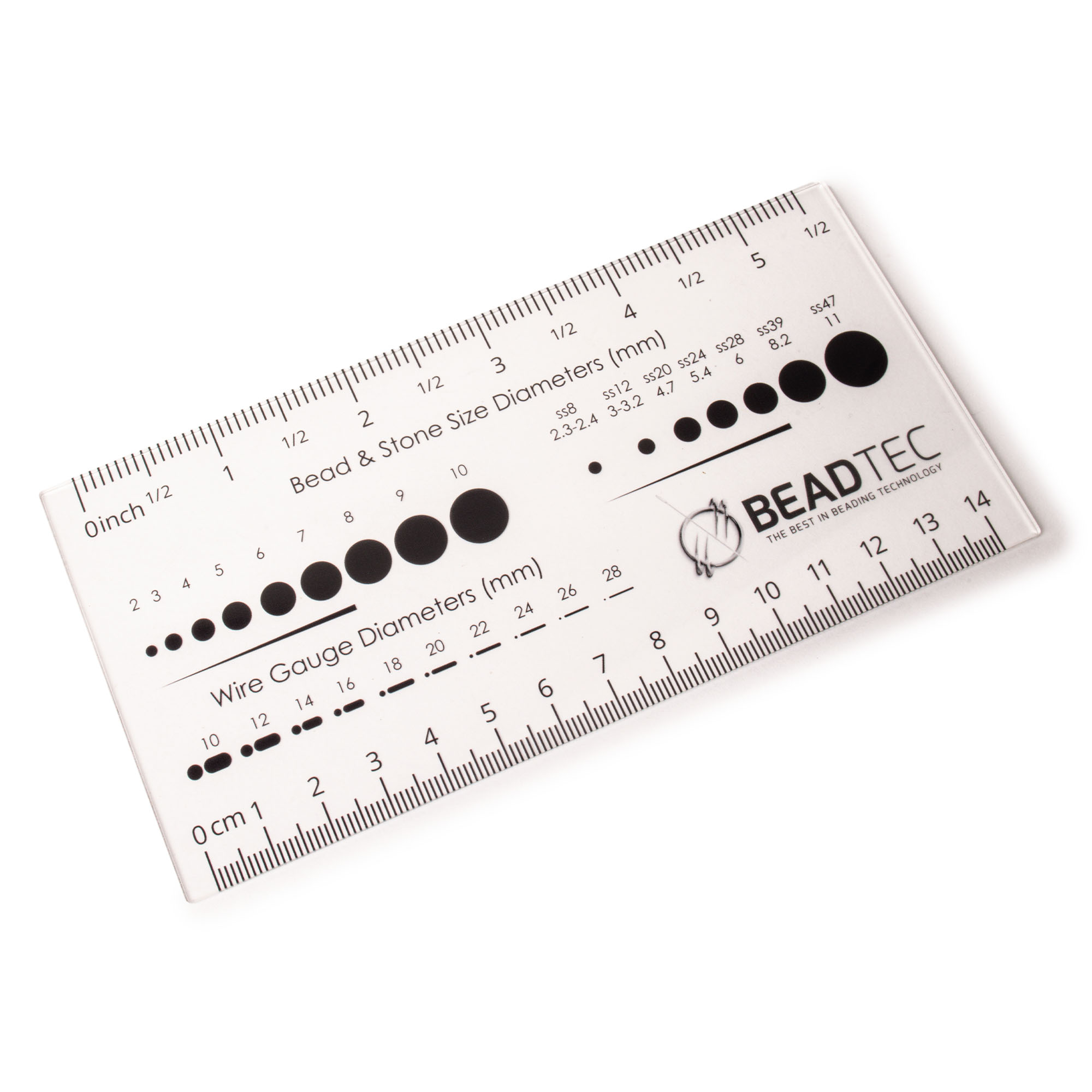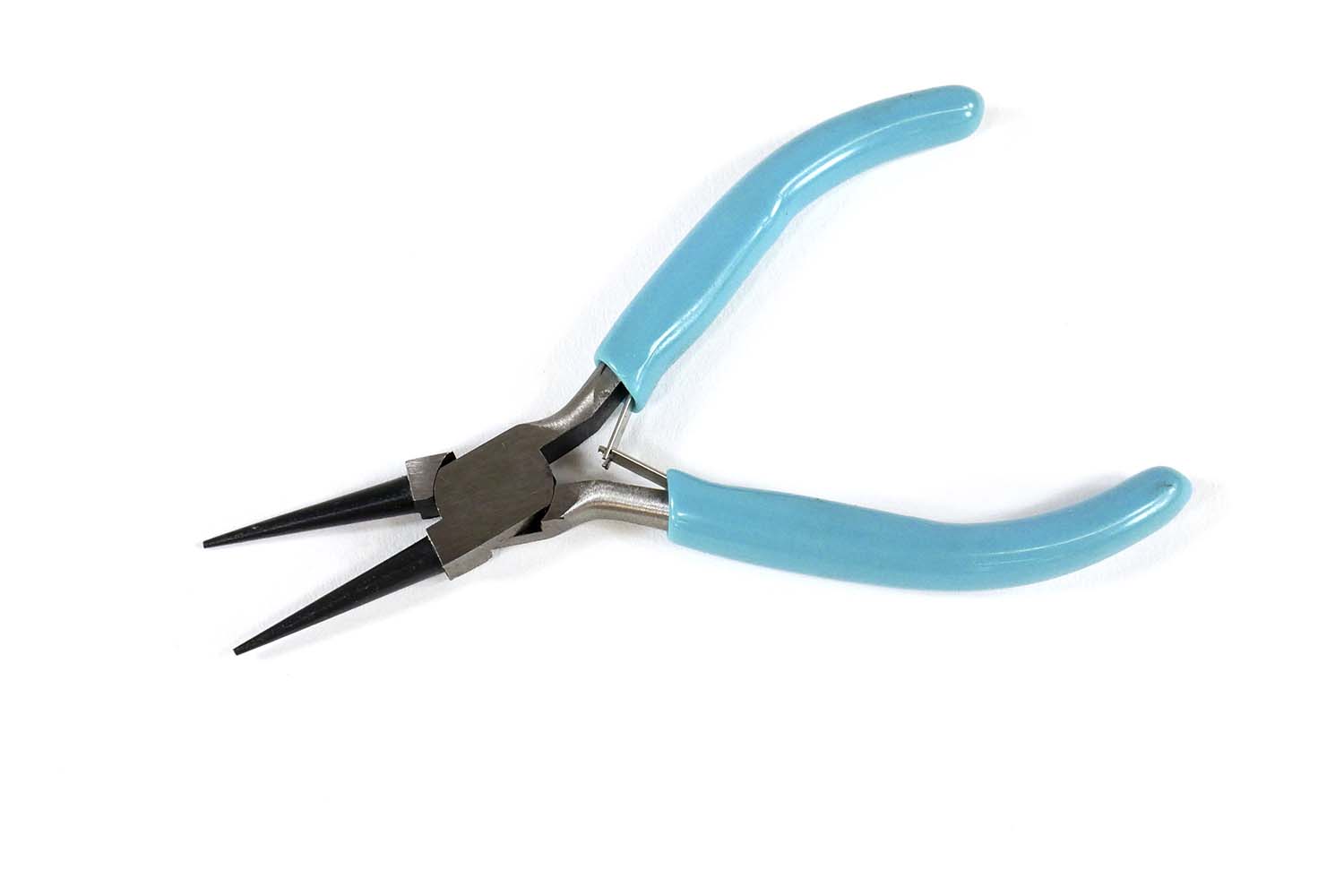- Jewelry-Making Supplies ▾
Design Jewelry with Confidence!
Seed Beads
Thread, Wire, & Stringing Materials
Athenacast Findings & Components
Everything Else
- Kits & Collections ▾
Assemble Your World
Kits & Collections
- Subscriptions ▾
Want monthly Beading Happiness?
Subscriptions
- Learn to Make ▾
Want to learn more?
- Discounts & Deals ▾
Explore Today's Promotions!
- Jewelry-Making Supplies
- Kits & Collections
- Subscriptions
- Learn to Make
- Discounts & Deals
-
Seed Beads
Thread, Wire, & Stringing Materials
Findings & Components
Everything Else
-
Kits & Collections
-
Subscriptions
- Home
- How to Make Jewelry
- Better Beader Episodes
- What's the Difference? Crystal …
What's the Difference? Crystal Rivolis, Chatons, & Flatbacks

Watch the Video Tutorial
Watch the Video Tutorial
Need Any Extra Materials?
Need Any Extra Materials?
Need Any Extra Materials?
Need Any Extra Materials?
Episode Transcript
Episode Transcript
Introduction
Swarovski crystals are a favorite among jewelry makers for their unparalleled sparkle and versatility. In this Better Beader episode from Potomac Beads, we dive into the world of Swarovski crystal rivolis, chatons, and flatbacks, exploring their unique characteristics and design possibilities. Join us as we share a step-by-step guide on how to incorporate these stunning crystals into your next jewelry project.
Materials Needed
- Swarovski crystal rivolis, chatons, or flatbacks in your desired size and color
- Beading thread or wire
- Beading needle or pliers
- Seed beads or other accent beads
- Clasps or findings for finishing your piece
Step-by-Step Tutorial
- Begin by selecting your Swarovski crystals. Rivolis have a pointed back and a rounded top, while chatons have a pointed back and a faceted top. Flatbacks, as the name suggests, have a flat back and a faceted top.
- Choose your beading thread or wire and cut a length suitable for your project.
- If using rivolis or chatons, start by creating a bezel around the crystal using seed beads or accent beads. This will secure the crystal in place and enhance its appearance.
- For flatbacks, you can either glue them directly onto your project or create a beaded bezel for added dimension.
- Continue adding crystals and beads to your piece, following your desired pattern or design.
- As you work, keep in mind the tips shared in the episode, such as using a thread burner to carefully trim thread ends and ensuring your bezel is snug around the crystal for a professional finish.
- Once you've completed your beadwork, attach any necessary clasps or findings to complete your piece.
Customization Ideas & Inspiration
The beauty of working with Swarovski crystals is the endless possibilities for customization. Experiment with different colors, sizes, and shapes to create a piece that reflects your personal style. You can mix and match rivolis, chatons, and flatbacks within the same project for added visual interest.
Consider playing with color combinations, such as using complementary or monochromatic schemes. You can also explore different beading techniques, like bead embroidery or bead weaving, to showcase your crystals in unique ways.
Conclusion
Swarovski crystal rivolis, chatons, and flatbacks are a stunning addition to any jewelry maker's toolkit. By following the steps outlined in this Better Beader episode, you'll be well on your way to creating dazzling pieces that sparkle and shine. Don't be afraid to let your creativity run wild and experiment with different designs and techniques.
We'd love to see your creations! Share your finished pieces in the comments below or tag us on social media. And if you have any questions or need further guidance, feel free to reach out – our beading community is always here to help.
For more inspiring projects and techniques, be sure to check out other episodes in the Better Beader series by Potomac Beads. Happy beading!
Join Our Growing Community
Join Our Growing Community




Our Testimonials
Our Testimonials
- 55893 (83.8%)
- 4803 (11.4%)
- 3288 (4.1%)
- 228 (0.4%)
- 124 (0.3%)
- Favorite Reviews
- Highest to Lowest
- Newest to Oldest
- All Ratings
- 5 ★ Reviews
- 4 ★ Reviews
- 3 ★ Reviews
- 2 ★ Reviews
- 1 ★ Reviews
Loading...
Only Visible on Admin Mode
Item Description
Designer's Material List
Project Steps
Highest Quality
Products
100% Money
Back Guarantee
Fast
Shipping
Best Teaching &
Customer Service
You'll want these emails...
Get Free Projects & Inspiration
Get Free Projects & Inspiration
- Bullet 1
- Bullet 2
- Bullet 3
Copyright © PotomacBeads









